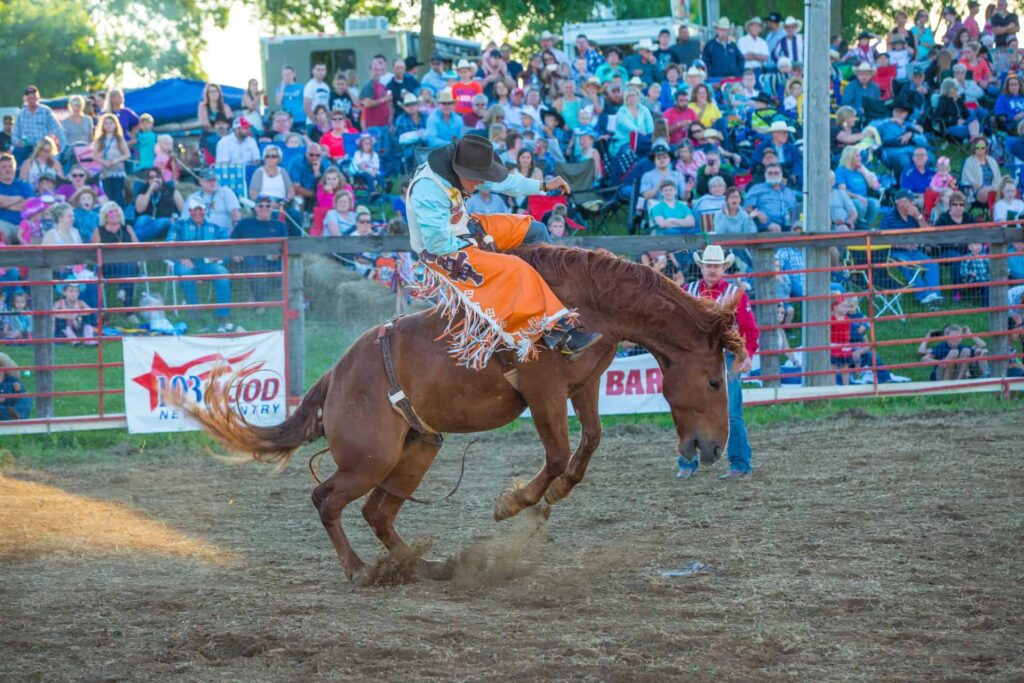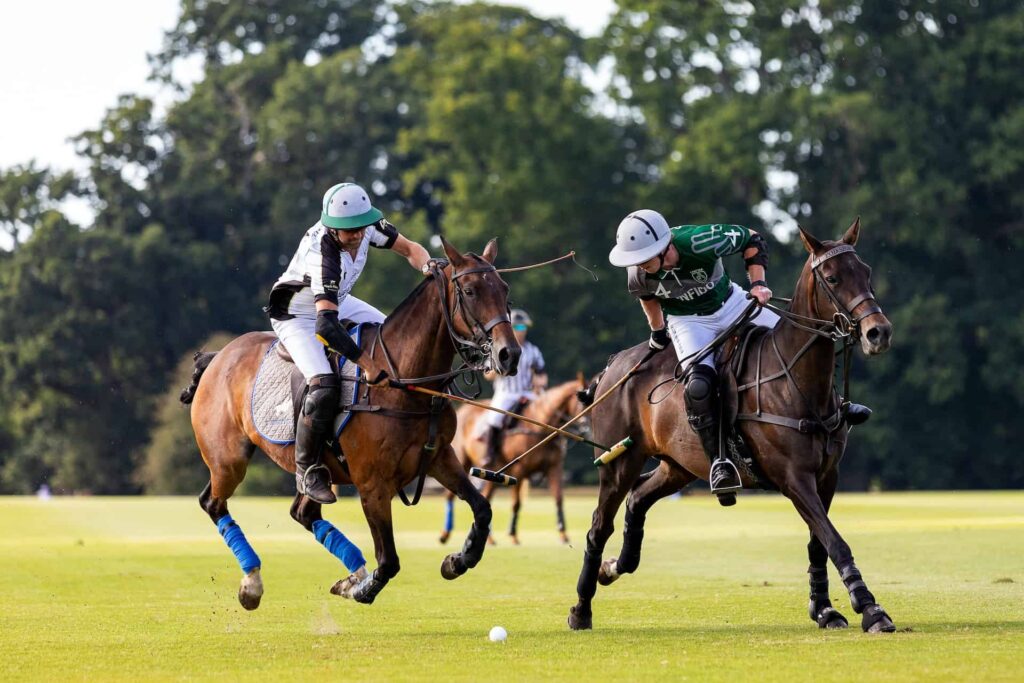Bronc riding is a thrilling and highly-skilled event in the world of rodeo sports, attracting adrenaline junkies and dedicated athletes alike. This exhilarating sport challenges cowboys to ride wild, unbroken horses – known as broncs – for eight seconds in a rodeo arena. Dating back to the days of cowboys breaking horses on ranches, bronc riding has evolved into a competitive horse sport with a rich history and its distinct set of rules and equipment.
As one of the classic rodeo events, bronc riding has produced some legendary riders, who have etched their names in the annals of rodeo history. Mastery of specific riding techniques and strategies is crucial in this sport, as riders need to both score points and stay safe amidst the inherent risks and potential injuries. Through the years, the exciting world of bronc riding has contributed significantly to the wider rodeo culture.
Key Takeaways
- Bronc riding is an adrenaline-filled rodeo event that tests cowboys’ skills and endurance on unbroken horses.
- The sport has a storied history with celebrated riders, requiring unique techniques and equipment for success.
- Though risky and challenging, bronc riding remains an important and captivating aspect of rodeo culture.
History and Evolution of Bronc Riding
Bronc riding has a rich history deeply rooted in the rodeo culture and the day-to-day life of working cowboys. Originating from the Spanish charrería, the sport developed into a unique form of entertainment and competition, eventually becoming an integral part of the rodeo scene across North America (The Hispanic Influence on the History of Rodeo, 1823-1922).
Over the generations, bronc riding evolved into two distinct events: saddle bronc riding and bareback bronc riding. Both events were shaped by the skills and techniques that working cowboys used on a daily basis when attempting to train and manage wild or unruly horses. The test of wills and skill between a rider and a powerful horse has captured the imagination of spectators ever since the early days of the rodeo (A Belly Full of Bedsprings: The History of Bronc Riding).
The rodeo also grew to feature other events, such as bull riding and roping. However, bronc riding held its place as a central event. The talents of African American cowboys, like Bill Pickett, who played a significant role in the history and development of the rodeo, further popularized bronc riding and its subcategories (Let’s go, let’s show, let’s rodeo: African Americans and the history of rodeo).
Books and publications have documented and celebrated the history of bronc riding and its evolution into a significant and well-recognized sport. The legacy of this event not only continues to captivate audiences and inspire new generations of athletes but also stands as a testament to the tenacity and determination of the working cowboy (The Evolution of Rodeo: How the Contemporary Professional Rodeo Cowboy Evolved from the Working Cowboy of the 1930’s Era).
Rules and Scoring System
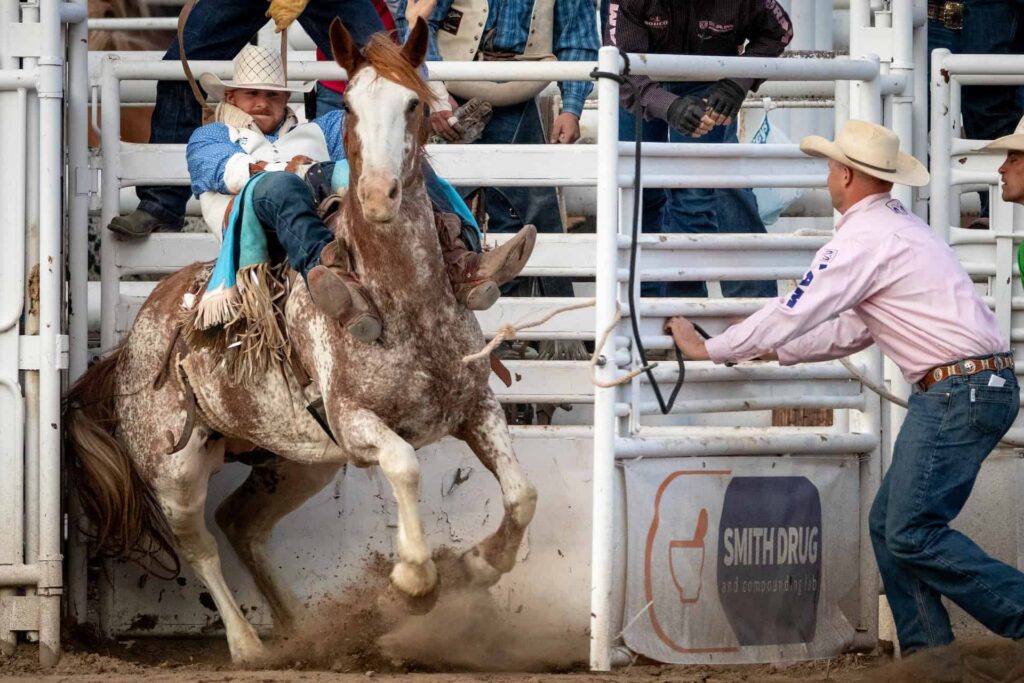
Bronc riding is a thrilling rodeo event that demands skill, balance, and determination from its competitors. The scoring system and rules in this event are designed to ensure fairness and consistency in judging the performance of both the rider and the horse.
One important rule in bronc riding is that the rider must stay on the horse for eight seconds to qualify for a score. This time frame serves as the benchmark to evaluate the rider’s ability to withstand the horse’s powerful movements. Throughout the ride, the rider must hold onto the rein with one hand, while the other hand remains free and cannot touch the horse, equipment, or their own body. Any violation of this rule will result in disqualification.
The Professional Rodeo Cowboys Association (PRCA) is responsible for setting and enforcing the rules and regulations for bronc riding. One such rule is that the horse’s rein must be a specific length to maintain a fair balance between ease and difficulty for the rider. The PRCA mandates specific safety guidelines such as requiring the use of protective vests and ensuring that the horses are well-treated and respected throughout the event.
Scoring in bronc riding is a combined effort from both the rider and the horse. The rider’s performance makes up half of the total score, while the horse’s bucking action accounts for the other half. Judges evaluate the ride based on various criteria, including the rider’s control, balance, and ability to follow the horse’s movements. The horse’s performance is judged based on its bucking intensity, spin, and overall effort to unseat the rider.
A perfect score in bronc riding is 100 points, but such scores are extremely rare. It is more common for top contestants to earn scores in the 80-90 point range. High scores indicate exceptional skill and execution from both the rider and the horse, reflecting their ability to thrive under challenging conditions.
The rules and scoring system in bronc riding are designed to provide a fair assessment of the rider and the horse’s collective performance. Participants must demonstrate control, poise, and respect for their equine partner as they strive to achieve success in this adrenaline-filled rodeo event.
Equipment and Attire
In bronc riding, both the equipment and attire are critical to the rider’s safety and overall performance. Saddle bronc riding is one of the most popular events in rodeo, showcasing the rider’s exceptional skills, balance, and coordination.
Riding equipment typically comprises a specialized saddle, spurs, stirrups, rope, and surcingle. The saddle used in saddle-bronc riding is designed to provide the rider with the necessary grip and support, allowing them to maintain their balance throughout the ride. The rider needs to use a saddle specifically designed for bronc riding, as it differs significantly from standard horse-riding saddles.
Stirrups maintain the rider’s balance during the ride, as they allow the rider to keep their feet steady and supported. Stirrups in bronc riding are usually larger than those used in traditional horse riding and are designed to accommodate the rider’s boots.
Spurs are another crucial piece of equipment in bronc riding. They help the rider maintain control over the horse by providing additional grip and connection to the horse’s body. Spurs used in bronc riding are characterized by their slightly larger rowels and comparatively longer shanks compared to traditional riding spurs.
The rope used in bronc riding is the tool for the rider to hold onto during the ride. It is wrapped around the surcingle of the horse, which is a strap that goes around the horse’s midsection. The rider holds onto the rope with one hand, while the other hand must remain in the air throughout the ride.
In addition to the riding equipment, riders typically wear traditional cowboy attire. This includes a cowboy hat, western-style shirt, jeans, chaps, and cowboy boots. The attire not only gives the rider an authentic appearance but also provides protection from the rigors of bronc riding, such as dust, dirt, and potential falls.
The proper equipment and attire aid in the safety and success of bronc riders. By using specialized gear designed for bronc riding and wearing appropriate attire, riders can perform at their best in this challenging and thrilling rodeo event.
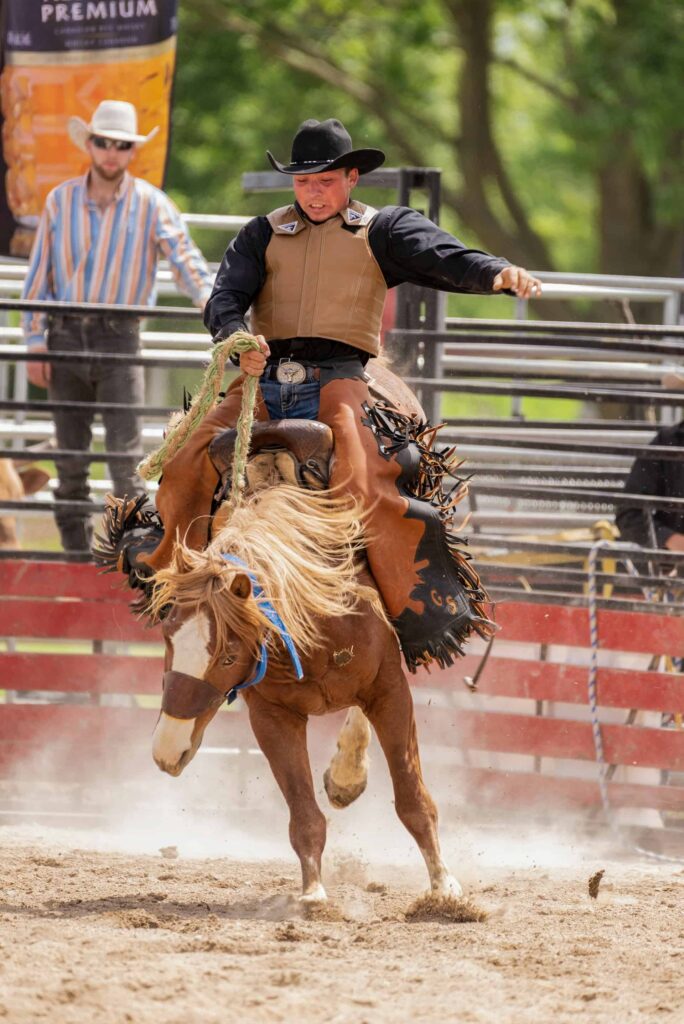
Famous Bronc Riders
In the world of bronc riding, several names stand out for their exceptional skills and accomplishments. The Wright family is well-known in the sport, with multiple members making their mark on the rodeo scene.
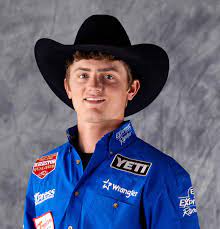
Ryder Wright is one such prominent figure, known for his impressive achievements at a young age. At just 18 years old, he became the 2016 World Saddle Bronc Riding Champion and has continued to excel ever since.
Not only is Ryder a talented bronc rider, but his siblings and cousins are also accomplished in the sport. Spencer Wright, another member of the renowned Wright family, has earned a name for himself as a professional bronc rider. He became the 2014 World Champion and has consistently placed high in various competitions throughout his career.
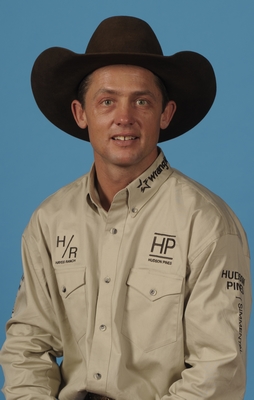
Cody Wright is yet another successful family member, having twice won the World Saddle Bronc Riding Championship in 2008 and 2010. He is known for his determination, skill, and consistency in the sport. Cody’s sons, Stetson and Statler Wright, have followed in their father’s footsteps, both pursuing successful careers in bronc riding. Stetson, in particular, has displayed remarkable athletic prowess, winning the 2019 All-Around Rookie of the Year and the 2020 All-Around World Champion titles.
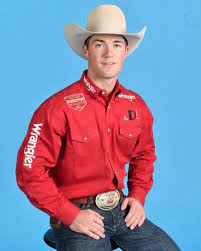
In addition to the Wright family members, Coburn Bradshaw has also made a name for himself in the bronc riding arena. He is married to Cody’s daughter and has strong ties to the talented Wright family. Coburn placed second in the 2015 National Finals Rodeo and third in the 2017 World Championships.
Rusty Wright, yet another noteworthy bronc rider, is Cody’s eldest son. He bagged the 2019 Saddle Bronc Champion title and has shown remarkable skill in various competitions throughout his career.
These talented bronc riders demonstrate incredible skill, determination, and commitment to the sport. The accomplishments of the Wright family, along with the achievements of Coburn Bradshaw, have left a significant mark on the bronc riding world, inspiring aspiring riders to reach new heights.
Major Bronc Riding Events
In the world of rodeo, bronc riding is a thrilling and challenging event that attracts competitors and spectators alike. Two major types of bronc riding events are saddle bronc riding and bareback bronc riding. These events showcase the rider’s skill in maintaining balance and control over the bucking horse, making it a popular fixture in Professional Rodeo Cowboys Association (PRCA) sanctioned rodeos.
One of the most prestigious bronc riding events is the National Finals Rodeo (NFR), held annually in Las Vegas. The NFR is the culmination of the rodeo season and features the top fifteen bronc riders from the PRCA competing for the championship title. With high stakes and intense competition, the NFR is a must-see event for rodeo enthusiasts.
PRCA-sanctioned rodeos are held all over the United States, with events in states such as Utah, Oklahoma, and beyond. The Milford Rodeo in Milford, Utah is one such event that draws talented bronc riders from across the nation. As a popular annual event, the Milford Rodeo showcases both saddle bronc and bareback bronc riding, offering spectators an exciting glimpse into this challenging sport.
In Oklahoma, where rodeo has deep roots in the state’s history, bronc riding events can be found in various rodeos throughout the year. The International Finals Rodeo (IFR), organized by the International Professional Rodeo Association (IPRA), is held annually in Oklahoma City and brings together the best bronc riders for a chance to win the world champion title.
Bronc riding is an integral part of rodeo culture and is celebrated across many different events, from the renowned National Finals Rodeo in Las Vegas to local competitions in states like Utah and Oklahoma. These events showcase the talent, skill, and dedication of bronc riders, drawing spectators from far and wide to witness this exciting and challenging sport.
Riding Techniques and Strategies
Saddle bronc riding is a challenging rodeo event where a rider aims to stay on a bucking horse for as long as possible, ideally for eight seconds or more. To achieve this, riders must employ a combination of effective riding techniques and strategies.
One critical aspect of a successful bronc ride involves maintaining balance and momentum. Riders should start by firmly planting their feet in the stirrups, gripping the saddle with their knees and thighs while keeping their toes pointed up. This helps prevent being thrown off by the bucking horse. Leaning slightly forward in the saddle offers improved balance, while a rider’s free hand can help maintain stability and momentum during the ride.
Another technique for bronc riders involves rhythm and anticipation. A rider must anticipate the movements of the bucking horse and respond accordingly. This involves timing the horse’s bucking motions, using their legs to provide counter pressure against the horse’s movements, and maintaining a stable position on the saddle. Developing a keen sense of the horse’s rhythm can be a valuable asset in successfully completing a bronc ride.
Safety is paramount during a Bronc ride. Riders must ensure that they wear suitable protective gear, such as helmets, mouthguards, and vests. Knowledge of techniques for falling off safely is crucial in reducing the risk of injury. When a rider loses momentum or balance, they should aim to land on their feet and move away from the horse as quickly as possible. This reduces the chances of coming into contact with the horse’s powerful legs or hooves, thereby minimizing the risk of harm to both the rider’s neck and the remainder of their body.
Successful bronc riding requires a mixture of skill, anticipation, and safety. Riders must effectively utilize riding techniques and strategies to maintain momentum, stay in rhythm with the bucking horse, and, most importantly, ensure their safety throughout the ride.
Risks and Injuries
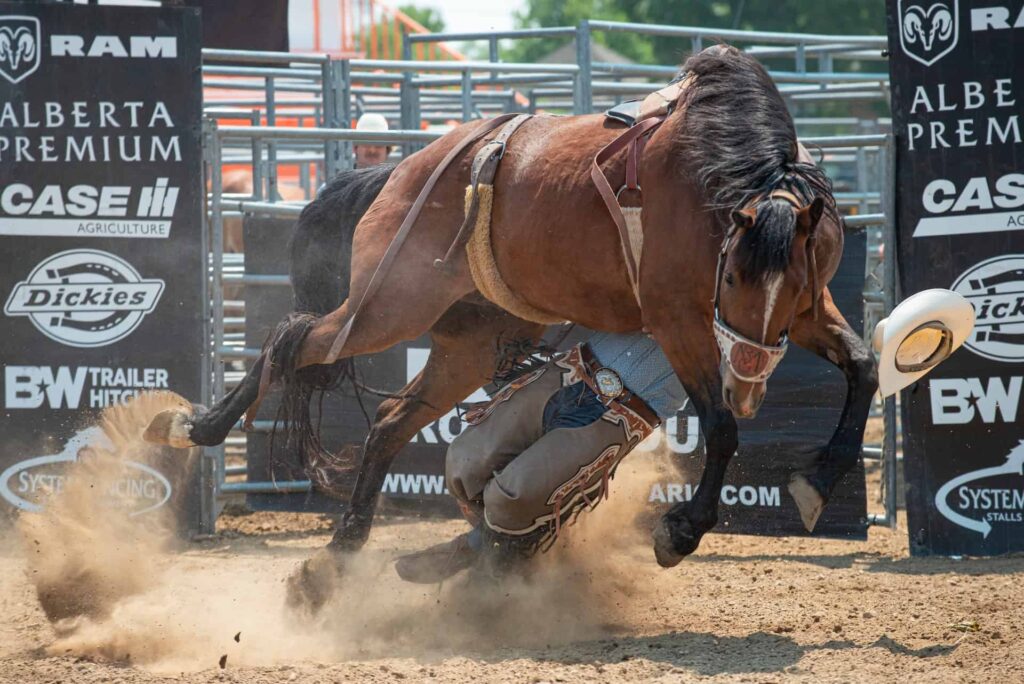
Bronc riding, a popular rodeo sport, involves riding a bucking horse while trying to stay on for as long as possible. Due to the nature of this sport, there is an inherent risk of injury for participants. In this section, we will discuss the risks and injuries associated with bronc riding, focusing on both bareback and saddle bronc riding events.
Injuries can be common in bronc riding, with one study noting that bull riding, bareback, and saddle bronc riding recorded the highest number of injuries among rodeo events. These injuries can range from minor bruises to more serious fractures and head trauma. Participants must wear protective gear, such as helmets, vests, and mouthguards, to minimize the risk of injury.
One epidemiological analysis found that there was a significant difference in the relative risk of injury between bareback riders and bull riders, as well as between saddle bronc riders and bull riders. This indicates that the type of bronc riding can influence the likelihood of suffering an injury during competition.
Specific mechanisms and patterns of injuries have also been studied in relation to large animal sports like bronc riding. A research article noted that injuries during rough stock competition, including bull riding, bareback horse riding, and saddle bronc riding, can greatly impact the health of participants. The force exerted by large animals like bucking horses requires riders to constantly adjust their balance and grip, leading to a higher chance of injury.
Bronc riding is an exciting yet potentially dangerous rodeo sport. Participants should be aware of the risks and take the necessary precautions to minimize injuries. Protective gear and adequate training can go a long way in ensuring a safe and enjoyable experience for both riders and spectators alike.
The Role of Bronc Riding in Wider Rodeo Culture
Bronc riding, one of the classic events in rodeo sport, involves a cowboy mounting a bucking horse while attempting to stay on for eight seconds. This event highlights the skills of both cowboys and horses and reflects the strong relationship between them in the wider rodeo culture.
In the arena, bronc riding is divided into two categories: saddle bronc and bareback bronc. Saddle bronc riding requires the cowboy to hold on to a rein connected to the horse’s halter, while bareback bronc riding involves holding onto a handle attached to a rigging. Each event showcases the cowboy’s balance, strength, and courage, while the horse displays its agility and power.
The origins of bronc riding can be traced back to the working cowboys who tended cattle in the Wild West. To break in untrained horses, cowboys used bronc riding techniques, developing their abilities to control bucking horses out of necessity. Consequently, bronc riding is seen as a representative event of rodeo sport that encapsulates the essence of working cowboys.
Alongside bronc riding, other rodeo events such as bull riding, calf roping, and team roping showcase the diverse talents and teamwork of cowboys and their animal counterparts. These competitions also emphasize the athleticism and determination required to excel in the rodeo sport.
A gold buckle is awarded to the winner of each event, symbolizing the pinnacle of success in rodeo culture. Each cowboy strives to win these coveted awards, which represent not only the highest achievement in their respective events but also a testament to their dedication and skill.
Ultimately, bronc riding plays a significant role in the wider rodeo culture as both a tribute to the working cowboy heritage and a testament to the unique relationship between cowboys, horses, and the challenging events that define the rodeo.
Final Thoughts
Bronc riding is a thrilling rodeo event that requires skill and dedication from the contestants. In this sport, riders attempt to stay on a bucking horse for eight seconds, all the while maintaining proper form and technique. Bronc riders need to be well prepared for the challenges they will face, as the competition is intense and success is highly dependent on their ability to handle the unpredictability of a bucking bronc.
There are two main categories in bronc riding, saddle bronc and bareback bronc riding. Saddle bronc riding involves the use of a modified western saddle, while bareback bronc riding requires contestants to hold onto a rigging, which is a piece of equipment resembling a suitcase handle. Both categories pose unique challenges for riders, and success in either style demands a mastery of balance, strength, and courage.
When it comes to injuries sustained during bronc riding, research indicates that bareback riding has a slightly higher relative injury risk compared to saddle bronc riding. As such, it is crucial for contestants to take necessary precautions and prioritize safety when participating in the sport.
Apart from physical preparation, bronc riders must be mentally prepared for the sport’s unpredictable nature. Being able to remain calm under pressure and adapt on the fly is key to handling the various situations that may arise during a bronc riding event. It is also essential for contestants to build a supportive community around them, as the camaraderie of fellow riders and trainers can be invaluable in terms of advice, encouragement, and practical support.
Bronc riding is a high-stakes sport that demands both physical and mental preparation from its contestants. Whether they are participating in saddle or bareback bronc events, riders need to be well-equipped to handle the unique challenges of this exciting rodeo competition. By taking the necessary precautions and fostering a strong support network, contestants can increase their chances of success and enjoy a memorable experience on the bucking broncs.
Frequently Asked Questions
How is saddle bronc riding scored?
Saddle bronc riding is scored by a panel of judges who evaluate the performance of both the rider and the horse. The total score for a ride can range from 0 to 100, with 50 points allocated to the rider and 50 points to the horse. Riders are judged on factors such as style, control, and balance, while horses are assessed based on their bucking, kicking, and spinning abilities. Extra points may be awarded for a high degree of difficulty or increased intensity during the ride.
What gear do bronc riders use?
Bronc riders use specialized equipment to ensure their safety and aid in their performance. This includes a custom-fitted saddle specifically designed for bronc riding, a bronc halter and rein, cowboy boots with spurs, and a protective vest. Some riders may also choose to wear a helmet and chaps for additional protection.
Who are some famous bronc riders?
Some renowned bronc riders in the history of rodeo include Casey Tibbs, Jim Shoulders, and Larry Mahan. Contemporary champions of the sport feature individuals such as Jacobs Crawley, Wade Sundell, and Ryder Wright.
How long is a typical bronc riding event?
A bronc riding event usually lasts for 8 seconds, during which the rider must maintain their grip on the bronc rein and stay on the horse. If the rider is thrown off or touches the horse or equipment with their free hand before the 8 seconds elapse, they may be disqualified or receive a lower score.
What is the risk of injury in bronc riding?
Injuries in bronc riding can occur due to the unpredictable nature of the sport and the high intensity of the 8-second ride. Although saddle bronc riding has a lower injury rate compared to other rough stock events like bull riding and bareback riding, there is still a risk of sustaining injuries such as concussions, fractures, and dislocations. Protective equipment and safety measures can help mitigate these risks.
Are bronc horses specifically trained for rodeos?
Yes, bronc horses are specifically bred and trained for rodeo competition. They often come from lines of selectively bred bucking horses known for their athletic abilities and natural inclination to buck. These horses undergo specialized training to develop strength, agility, and endurance, as well as learn the skills needed for rodeo competition.
Last Updated on October 24, 2023 by Nate Dewsbury
